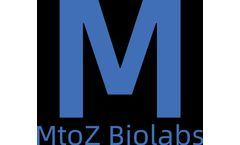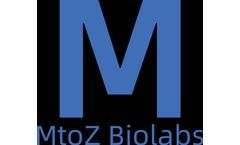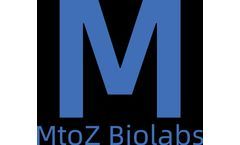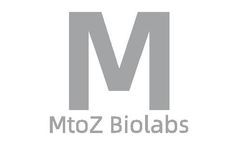Refine by
Therapeutic Antibody Articles & Analysis
33 articles found
Recombinant protein expression is a cornerstone of modern biopharmaceutical development, providing the means to produce proteins with therapeutic potential, enzymes, and antibodies. Among various expression systems, Chinese Hamster Ovary (CHO) cells have emerged as the preferred choice for many researchers and pharmaceutical companies. ...
In the ever-evolving field of biopharmaceuticals, the production of antibodies has taken center stage due to their critical role in therapeutic applications. ...
Introduction PEGylation, the process of attaching polyethylene glycol (PEG) chains to therapeutic molecules, has become a cornerstone in pharmaceutical development. ...
Unlike simple post-translational modifications, N-glycans exhibit astonishing structural diversity arising from: Branching patterns (bi-, tri-, and tetra-antennary structures) Terminal decorations (sialylation, fucosylation, galactosylation) Core modifications (core fucosylation, bisecting GlcNAc) Consider antibody therapeutics—where subtle changes in ...
This specificity and versatility make antibodies attractive candidates for therapeutic applications. The Evolution of Antibody Drug Design Traditional methods of drug development often involved trial-and-error approaches to identify suitable candidates. ...
The service involves the creation of therapeutic antibodies that are engineered to deliver toxic agents straight to cancer cells to increase treatment effectiveness and decrease systemic side effects. Furthermore, Alfa Cytology demonstrates its dedication to converting scientific discoveries into innovative solutions through its extensive development services ...
These services encompass the development of customized vaccines, therapeutic antibodies, cell therapies, etc. all undergoing rigorous quality control to ensure they fulfill the highest standards of efficacy and safety. In addition, the advent of diverse drug discovery solutions has unveiled immense possibilities for identifying novel ...
In the realm of biotechnology and pharmaceuticals, stable cell lines serve as a foundation for producing high-yield protein therapeutics, monoclonal antibodies, and vaccines. They are routinely employed to study gene function, signal transduction pathways, and drug screening processes. ...
Knockin cell line generation represents a pivotal advancement in genetic engineering, providing vital tools for biological research and therapeutic development. This process involves the integration of specific DNA sequences into precise loci within the genome, allowing scientists to explore gene function, model diseases, and develop new treatments. ...
Alfa Cytology has unveiled new services focused on therapeutic antibody development for bladder cancer research.Alfa Cytology, a prominent cancer research services supplier based in New York, proudly announces the launch of its comprehensive services for bladder cancer therapeutic antibody development. ...
Therapeutic monoclonal antibodies (mAbs) are a class of antibody drugs that are highly uniform and have pharmacological effects against a single epitope obtained through molecular biology. ...
The Unique Value and Challenges of Peptide Antigens in Antibody DiscoveryChoosing the right antigen is crucial in antibody discovery. ...
Due to differences in post-translational modifications, antibody structures, and amino acid sequences, it may stimulate immune responses against the therapeutic drugs themselves, thereby producing anti-drug antibodies, and may even lead to adverse reactions.4. ...
In this process, antibody sequencing plays a crucial role. By sequencing and analyzing antibodies, we can obtain important information about their structure, function, and interactions with other molecules, thus laying the foundation for specific therapeutic, diagnostic applications, and the identification of customized ...
For example, the development of breast cancer therapeutic antibodies is usually linked with targeted therapy for the complexity of tumor cells. ...
The Constant Region of an antibody is a part of the immunoglobulin (antibody) molecule, responsible for stabilizing the structure of the antibody to execute its specific immune function. The constant region of an antibody is usually at the bottom of the molecule, close to the tail of the antibody, corresponding ...
Since antibody-drug conjugates (ADCs) have the molecular characteristics of both small molecule and macromolecule therapeutic drugs, when choosing analytical methods, the typical ones used for both should all be considered. ...
This approach involves the computational generation and optimization of novel chemical structures that are predicted to have the desired therapeutic effects. Using advanced algorithms and machine learning techniques, researchers can explore vast chemical spaces to identify promising lead compounds, which can then be further refined and validated through experimental testing. ...
It involves the attachment or fusion of antibodies with other bioactive substances to enhance their efficacy in diagnostics and therapeutics. ...
These therapeutic antibodies aim to specifically target antigens on the surface of cells and bind to them, leading to acidic reactions that result in the destruction of target cells. ...










